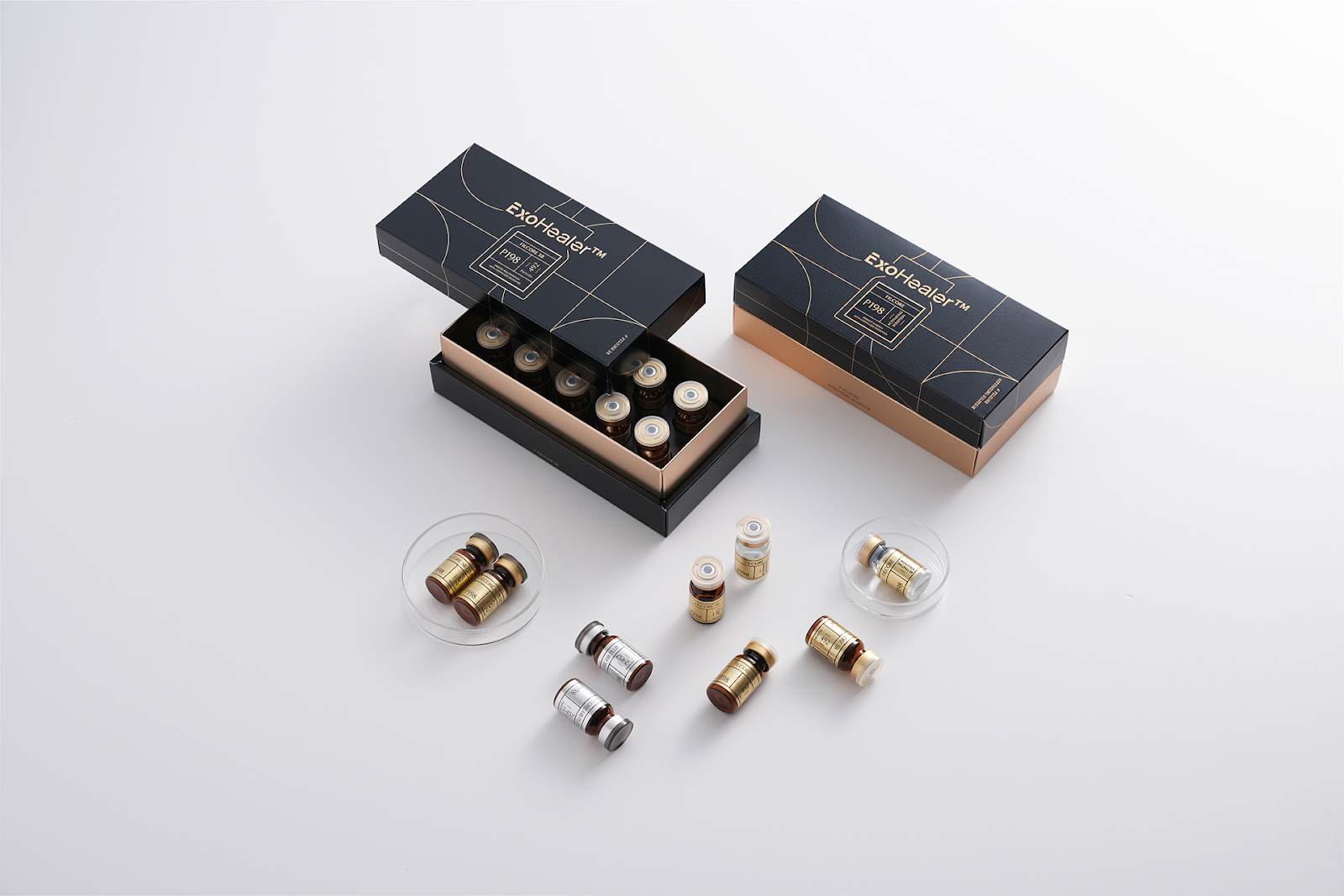Advanced Exosome Technology: The Future of Regenerative Medicine with Exosome FDA Approved Potential
In recent years, advanced exosome technology has rapidly gained traction as a transformative force in regenerative medicine and aesthetic care. Once dismissed as mere cellular debris, exosomes are now recognized as powerful biological messengers that play a pivotal role in cellular communication and healing. As the field matures, the potential for Exosome FDA Approved treatments and the expanding availability of exosome therapy in Canada are exciting signs of what’s to come.
Understanding Exosomes
Exosomes are nano-sized extracellular vesicles (30–150 nanometers) secreted by various cells, particularly mesenchymal stem cells (MSCs). These microscopic particles carry vital information—proteins, lipids, and nucleic acids—that can influence the behavior of recipient cells, promoting regeneration, reducing inflammation, and enhancing tissue repair.
Revolutionary Applications of Exosome Therapy
1. Skin Rejuvenation
Cutting-edge studies in 2024 have shown impressive results using human platelet-derived exosomes to reduce redness, fine lines, and pigmentation. Exosomes from Lactobacillus plantarum have also been linked to increased elasticity and hydration, making them a sought-after solution in non-invasive aesthetic treatments.
2. Wound Healing & Tissue Repair
Exosomes are proving invaluable in regenerative medicine. They support rapid wound healing by promoting re-epithelialization, stimulating cell proliferation, and activating regenerative pathways like Wnt/β-catenin and AKT. MSC-derived exosomes have also demonstrated strong potential in bone and cartilage repair.
3. Hair Restoration
Innovative research has highlighted exosomes’ role in treating hair loss. Notably, a study by Ariyoshi et al. in 2024 showed that mouse buccal tissue-derived exosomes could stimulate hair regrowth, even after damage caused by radiation.
Advancements in Delivery Methods
The effectiveness of exosome therapy is amplified by modern delivery techniques. Microneedling ensures direct application to the dermal layer, enhancing absorption. Additionally, needle-free jet injectors—as explored by Hu et al.—have demonstrated promising results in rejuvenating aged skin by delivering 3D spheroid-derived exosomes from human dermal fibroblasts.
Looking Ahead
With increasing clinical interest, Exosome FDA Approved treatments are on the horizon, supported by the development of GMP-compliant production methods. Meanwhile, access to cutting-edge therapies is expanding, with exosome Canada initiatives playing a key role in making these innovations more widely available. This reflects a broader global movement toward cell-free, personalized medicine. As research continues to advance, exosomes could soon be used to treat a wide range of conditions, from cardiovascular disease to neurological disorders.
At Kleos Health, we’re excited to lead this medical evolution, integrating advanced exosome technology into our holistic patient care. The future of medicine is here—and it's microscopic.



"Exosome hair therapy is a promising regenerative treatment that uses stem cell-derived exosomes to stimulate hair follicles, promote growth, and improve scalp healthExosome Hair Therapy
ReplyDelete